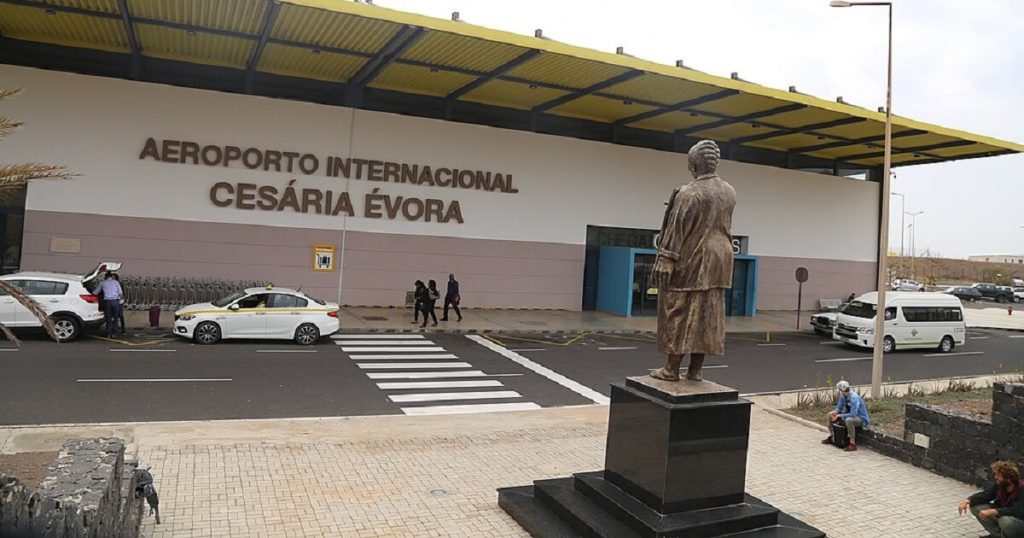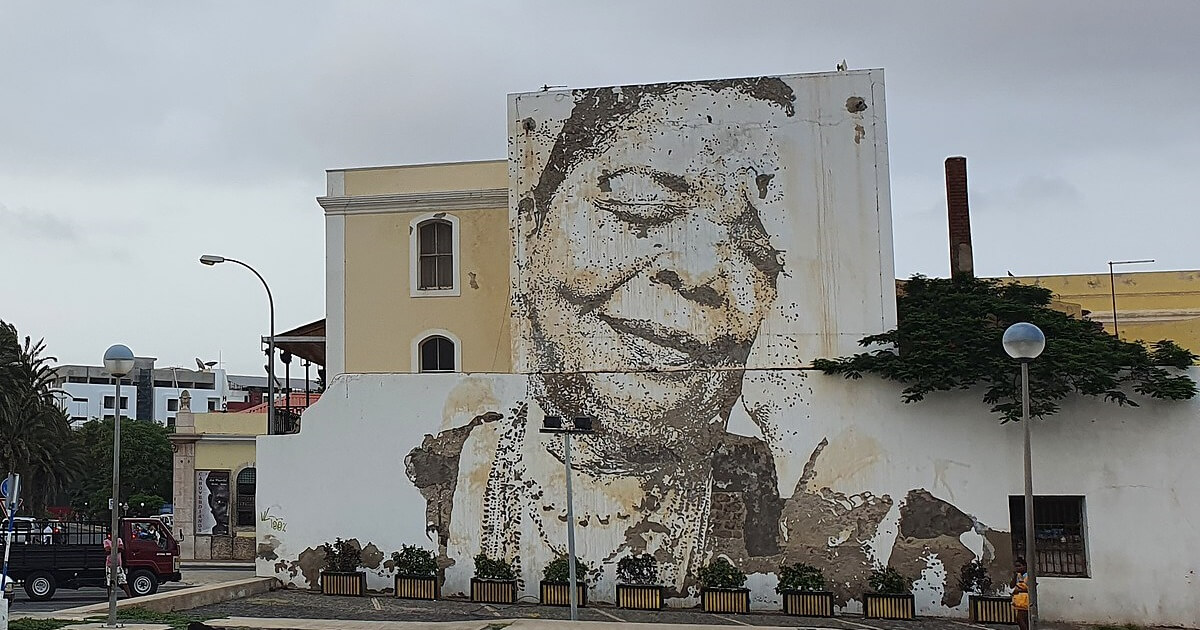Source: Joehawkins, CC BY-SA 4.0 https://creativecommons.org/licenses/by-sa/4.0, via Wikimedia Commons
The barefoot diva is one of the greatest symbols of Cape Verdean culture. For over five decades he has taken morna, and the name of Cape Verde, all over the world, contributing to a greater international recognition of the country’s culture.
Cesaria, the diva of bare feet and warmth
You have probably heard some of the Cape Verdean singer’s songs throughout your life. Songs like “Sodade” play all over the world, even after Cesaria’s passing. Known as the barefoot diva, for presenting herself this way in her shows, the 2003 Grammy winner for her album “Voz D’Amor” has performed on major world stages during her career. His preferred musical style was morna, original from Cape Verde, and classified as intangible heritage of Humanity by UNESCO.
Discover Cesária Évora on your trip to Cape Verde
If it is possible to feel his artistic vein when listening to his music, understanding his importance in Cape Verde allows us to feel it even more intensely.
The island of São Vicente, home to great Cape Verdean musicians, makes reference to Cesária, one of the daughters of the land, who became one of the world’s great singers.
Cesaria Evora Airport
If you go to São Vicente by plane, you will immediately realize the importance of the singer, as she gives her name to the airport. There, you can also see the statue of Cesária Évora, strategically facing the entrance / exit of the Airport, as if she were welcoming or saying goodbye to travelers visiting “her home”.

Street Murals
In the back of the Mindelo Library you can find a mural with a work, in low relief, by Vhils, which portrays it.
The island of São Vicente is not the only one that has a mural with Cesária Évora. On the island of Santo Antão the wall of a building also has a painting by Frederico Draw.
Cesária Évora Museum
On Cesária Évora Museumin São Vicente, it is possible to find a large part of her “discography, clothing, personal objects, photographs and videos. At its core is a tasting area, another space dedicated to experiences related to the singer’s habits and, finally, an audiovisual space.” according to the Cultural Heritage Institute of Cape Verde
The house where the artist lived
The house where the singer lived is one of the places that the local authorities wanted to preserve, as a way to show how she lived, and to fit her music into her way of life.
Some of his estate can also be found in his home in Mindelo.
People’s Palace
The People’s Palace also has photographs of the artist, by Francisco Rocha, collected over 20 years, as well as international dresses and certificates.
Cape Verde has ambitions to create a museum, created from scratch, where it can showcase the legacy of the artist and of morna. Until then, we always have the above mentioned spaces to remember one of the greatest references of Cape Verdean culture and music worldwide.
















